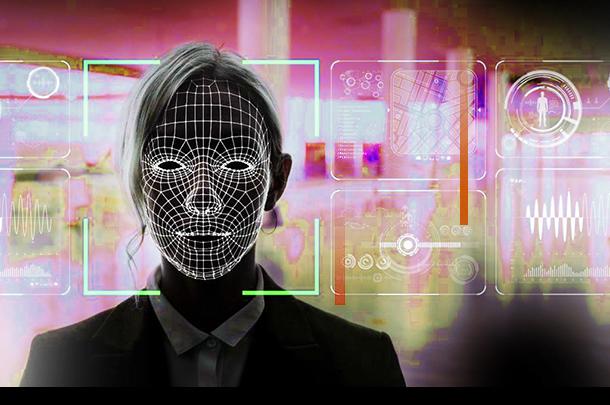Global Surveillance State: Plans For New EU-US Transatlantic Facial-Recognition Database
Much is made in western media and discourse about the horrors the Chinese surveillance state. In many ways, this is a convenient scapegoat for western establishment pundits to deflect from what is currently being erected in North America and Europe.

This latest story (below) is indicative of the growth in power and influence of the Five Eyes intelligence sharing network, which can always expand to add the EU into its fold. This new system will be driven by expansive Silicon Valley cloud services and an array of artificial intelligence processing hubs which the Carnegie Endowment recently described as:
“A growing number of states are deploying advanced AI surveillance tools to monitor, track, and surveil citizens to accomplish a range of policy objectives - some lawful, others that violate human rights, and many of which fall into a murky middle ground.”
The European Union has not yet enacted new legislation for this new global surveillance system, but it has already allocated millions of euros in funding for exploratory research into the data logistic and architecture of this new Orwellian grid.
The The Intercept reports…
A police investigator in Spain is trying to solve a crime, but she only has an image of a suspect’s face, caught by a nearby security camera. European police have long had access to fingerprint and DNA databases throughout the 27 countries of the European Union and, in certain cases, the United States. But soon, that investigator may be able to also search a network of police face databases spanning the whole of Europe and the U.S.
According to leaked internal European Union documents, the EU could soon be creating a network of national police facial recognition databases. A report drawn up by the national police forces of 10 EU member states, led by Austria, calls for the introduction of EU legislation to introduce and interconnect such databases in every member state. The report, which The Intercept obtained from a European official who is concerned about the network’s development, was circulated among EU and national officials in November 2019. If previous data-sharing arrangements are a guide, the new facial recognition network will likely be connected to similar databases in the U.S., creating what privacy researchers are calling a massive transatlantic consolidation of biometric data.
The report was produced as part of discussions on expanding the Prüm system, an EU-wide initiative connecting DNA, fingerprint, and vehicle registration databases for mutual searching. A similar system exists between the U.S. and any country that is part of the Visa Waiver Program, which includes the majority of EU countries; bilateral agreements allow U.S. and European agencies to access one another’s fingerprint and DNA databases...
Comments
Post a Comment